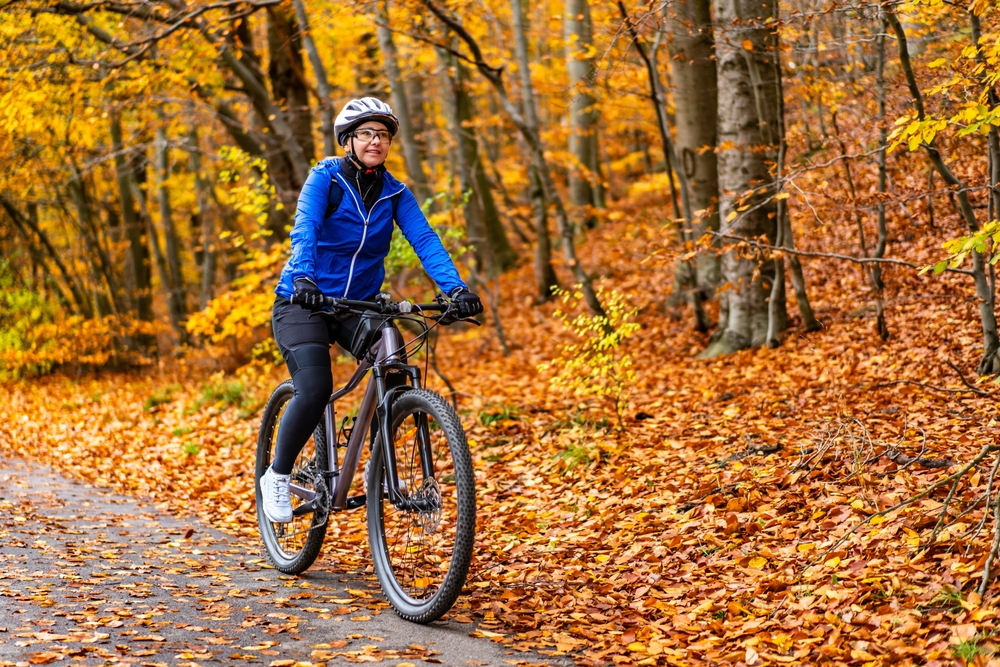Biking offers so many benefits. Whether you’re commuting to work, running errands, or just enjoying a weekend ride, it’s a great way to stay active, reduce stress, and connect with your surroundings. But just like any form of transportation, biking comes with its own set of risks. Understanding how to minimize those risks can make all the difference in preventing injuries and making your ride more enjoyable.
Wear the Right Helmet—Every Time
Let’s start with the most important piece of gear: the helmet. A properly fitted helmet can reduce the risk of serious head injury significantly. It should sit level on your head, low on your forehead, and not tilt back. The straps should form a “V” under each ear and fit snugly under your chin. Replace any helmet that’s been involved in a crash—even if it looks fine. And if it’s more than five years old, it might be time for a new one, as materials degrade over time.
Be Visible, Even in the Daylight
Being seen by drivers and other cyclists is essential, especially in low-light conditions or inclement weather. Bright clothing, reflective tape, and lights (white for the front, red for the back) make a big difference. Even during the day, a flashing rear light or reflective vest can catch a driver’s eye much faster than a muted outfit. Visibility is one of the easiest ways to improve safety, and it shouldn’t be underestimated.
Stay Alert and Ride Predictably
Your focus is your best defense on the road. Avoid headphones, texting, or anything else that takes your attention away from your surroundings. Always scan ahead and to the sides, especially when approaching intersections or driveways. Making eye contact with drivers before crossing in front of them can help confirm they’ve seen you.
Ride in a straight line, obey traffic laws, and use hand signals to communicate with vehicles and pedestrians. Erratic movements can confuse others and increase your risk of a collision.
Choose Safe Routes and Surfaces
Not all roads are bike-friendly. If possible, stick to bike lanes, dedicated paths, or quiet residential streets. When riding in the street, stay as far to the right as is safe and avoid weaving between parked cars.
Watch out for potholes, gravel, broken glass, and slippery road paint. Wet leaves and train tracks can be surprisingly slick, so slow down when navigating these surfaces. And always check for traffic before crossing a street or changing lanes.
Do a Quick Safety Check Before Each Ride
It only takes a minute, but a pre-ride inspection can prevent a lot of trouble down the road. Here’s a quick checklist:
- Tires: Are they firm and properly inflated?
- Brakes: Do they engage quickly and evenly?
- Chain and Gears: Do they move smoothly without sticking or grinding?
- Lights and Reflectors: Are they working and visible?
Keeping your bike in good condition reduces your chances of unexpected issues while riding.
Use the Right Bike for the Job
Make sure your bike fits your body and suits your riding style. A bike that’s too large or too small can make it hard to control, especially in an emergency. Your feet should be able to touch the ground when you’re stopped, and your knees should be slightly bent at the bottom of your pedal stroke.
Different terrains and purposes call for different bikes. A city commuter bike, for example, isn’t ideal for rugged trails. When in doubt, a visit to a local bike shop can help you find what works best for your needs.
Watch the Weather—and Dress for It
Weather conditions can change quickly, and your bike doesn’t have windshield wipers or climate control. Wet or icy roads make for dangerous riding. If you must ride in the rain, go slower, avoid sharp turns, and give yourself more time to stop.
Dress in layers when it’s cool, and wear moisture-wicking fabric to stay dry and comfortable. Gloves can protect your hands both from cold and from scrapes in the event of a fall. And don’t forget sunglasses or clear lenses to shield your eyes from debris or glare.
Teach Kids the Rules Early
Children learn by example, and early lessons in bike safety often stick with them for life. If you’re riding with your child, model the behaviors you want them to follow—wear your helmet, obey stop signs, and walk bikes across busy intersections.
Make sure they know the basics: looking both ways before crossing, using hand signals, and staying in designated bike lanes when available. Riding together offers a great opportunity for both bonding and teaching.
Know What to Do After a Fall or Collision
Even with all the right precautions, accidents can happen. If you fall or are involved in a collision, take a moment to assess your condition. Minor scrapes and bruises can usually be treated with basic first aid, but anything involving a head injury, deep wound, or significant pain should be evaluated promptly.
When in doubt, it’s better to be cautious. Pain or stiffness that doesn’t go away after a few days could be a sign of a sprain, fracture, or concussion. Prompt care helps you recover faster—and more fully.
Make Biking a Safe, Lasting Habit
There’s no denying that biking can be one of the most rewarding ways to stay active and engaged with your community. With the right precautions, it’s also one of the safest. Whether you’re returning to cycling after years away or you’re already logging miles daily, building good habits around safety helps ensure your rides are not just enjoyable, but worry-free.
Staying healthy isn’t just about what happens in the exam room. It’s also about how we move through the world—literally. A well-loved bike and a little preparation can help you move better, feel better, and enjoy every ride a little more.
AIM Group Offers Primary Care & House Calls In East Hills, NY
At Advanced Internal Medical Group in East Hills, NY we have 40 years of experience providing care with over 20 services in primary care, house call appointments, and more. To learn more about any of our services, call 516-352-8100 to speak with one of our team members.

